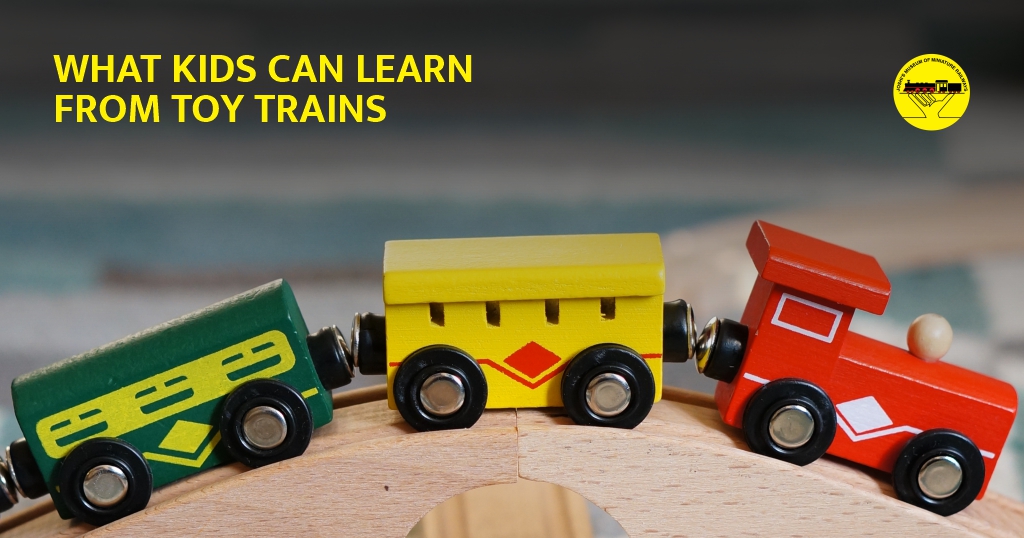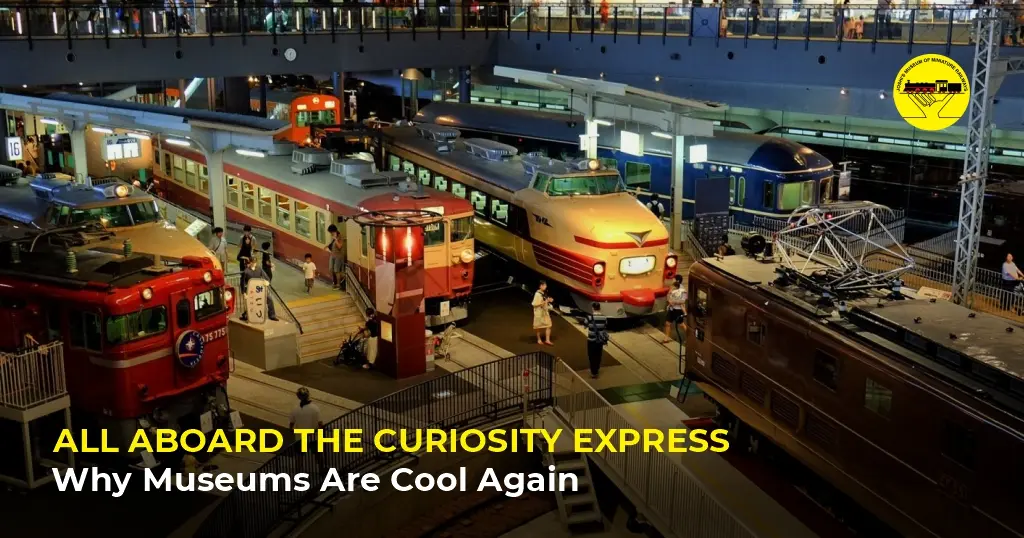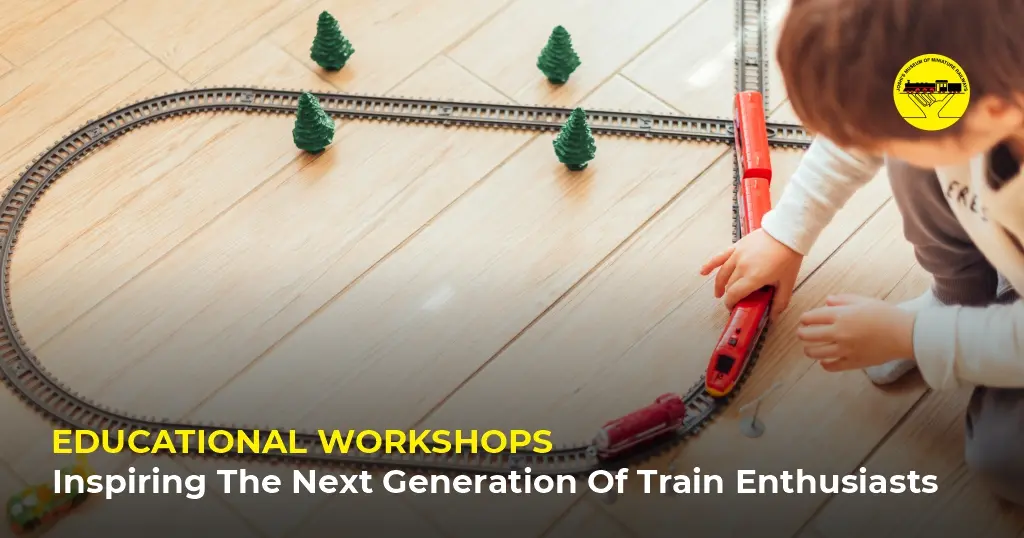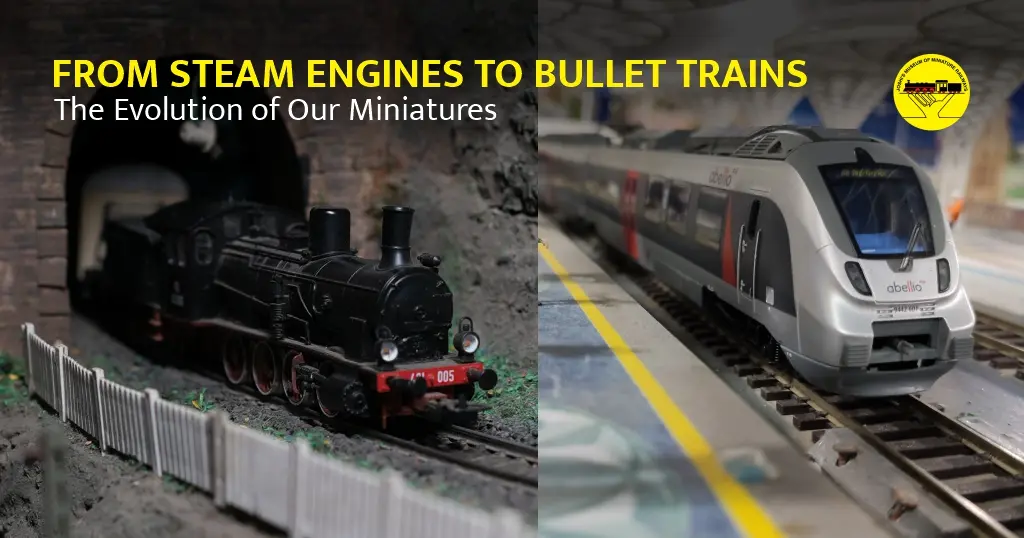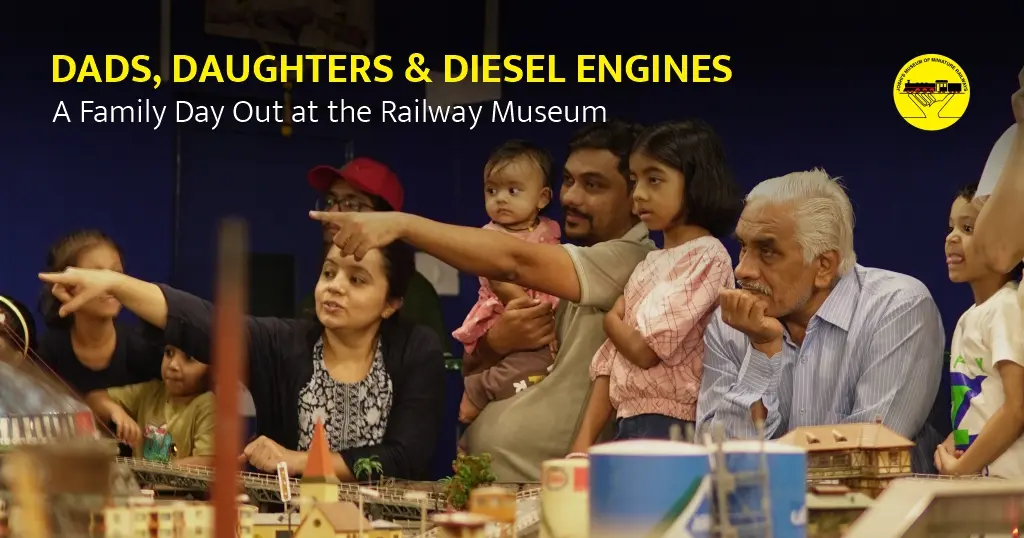Walk into any child’s room, and you’ll likely spot a toy train somewhere — maybe a plastic engine with detachable wagons, a wooden track looped through tiny towns, or even a battery-operated set that whistles and puffs as it moves. While toy trains have been a staple in toy boxes for generations, what’s often overlooked is just how much learning they pack behind those tiny wheels.
Toy trains do far more than entertain. They teach, inspire, and develop essential skills, often without the child ever realizing that learning is happening. That’s exactly what makes them such powerful tools for both play and education. For teachers, parents, and early childhood educators, toy trains offer a hidden curriculum — one filled with creativity, logic, language, and social growth.
Let’s take a closer look at what kids really gain from playing with toy trains — and why they remain one of the most valuable playtime tools even in the digital age.
1. Spatial Awareness and Engineering Concepts
At first glance, building a train track seems like simple play. But for a child, it’s an active lesson in spatial reasoning. As they connect tracks, plan turns, decide on junctions, or build bridges and tunnels, they begin to understand how objects move through space.
This naturally lays the foundation for concepts related to engineering and design thinking. They learn what fits and what doesn’t, how inclines affect speed, and how multiple parts must work together for a successful circuit. When a track doesn’t connect, it encourages problem-solving and perseverance — traits that educators strive to develop in early STEM education.
2. Cause and Effect
Few toys demonstrate cause and effect as clearly as a toy train. If a piece of the track is misaligned, the train falls off. If you push too hard, it derails. If you place a block in its path, it stops. Through trial and error, children learn that their actions directly influence outcomes.
This understanding is vital not just in science or logic-based learning but also in behavioral development. Children learn to anticipate results, test predictions, and refine their actions accordingly — all while having fun
3. Language and Communication Skills
You might not associate trains with vocabulary development, but listen to a child narrate their play and you’ll hear rich, imaginative storytelling. “The train is going to the zoo.” “There’s a tunnel ahead — full speed!” “Stop at the red signal!” These moments of self-narration and role play are goldmines for language acquisition.
Teachers and parents can gently encourage this by introducing new words during play — like “locomotive,” “carriage,” “platform,” or even “conductor.” Through pretend play, children learn not just words, but how to use them in context, strengthening both their expressive and receptive language skills.
4. Math in Motion
Toy trains help children grasp basic mathematical concepts — often without a worksheet in sight. As they count the number of carriages, estimate how many tracks are needed to reach from one table leg to another, or compare the length of two trains, they’re engaging in foundational numeracy.
Activities like sorting carriages by color or size introduce classification and sequencing, while timing how long the train takes to complete a loop begins to introduce measurement and time. This form of hands-on, active learning helps math feel tangible and meaningful.
5. Creativity and Storytelling
Toy trains encourage open-ended play, meaning there’s no “right” way to play with them. One day, the train could be transporting passengers to school. The next day, it might be delivering animals to a jungle or escaping a volcano made of cushions.
This flexibility invites children to become storytellers and creators, building entire worlds around a simple track. These imagined scenarios aren’t just fun — they’re essential for developing creativity, empathy, and even narrative structure, all of which tie directly into school readiness and cognitive growth.
6. Fine Motor Development
Snapping tracks together, placing miniature trees or signs, coupling and uncoupling carriages — these small but repetitive movements are perfect for developing fine motor control and hand-eye coordination.
For younger children, especially those in preschool or early primary years, this kind of tactile engagement is key for building muscle memory needed for writing, drawing, and other classroom tasks.
7. Social and Emotional Skills
Toy trains can be played with alone, or shared with others, making them a great opportunity for social learning. In group play settings — whether in classrooms or at home — children learn how to take turns, cooperate, negotiate, and even manage conflict.
One child might want the engine; another might want to be the stationmaster. Resolving these mini-conflicts teaches emotional regulation and communication — all within the safe, imaginative space of play.
Moreover, the predictable movement of trains can offer comfort and structure for children who thrive on routine or who are neurodivergent. Trains often appeal to children with autism, offering a sense of order, focus, and control that feels calming and rewarding.
8. A Gentle Introduction to the World
Through toy trains, children can explore real-world concepts in simplified ways. They learn about public transport, travel, time, geography, and even environmental responsibility. A toy train going to “the city” or “the farm” becomes a chance to talk about different lifestyles, places, and cultures.
Parents and teachers can use this interest to introduce ideas like rail safety, geography, or even basic environmental awareness (“Why do trains pollute less than cars?”). In this way, the toy becomes a gateway to larger conversations.
Why It Matters in a Screen-Filled World
In today’s world where screens dominate playtime, the value of tactile, imaginative toys like trains becomes even more important. Toy trains encourage movement, collaboration, independent play, and problem-solving — without the overstimulation of digital feedback loops.
They slow down play, invite focus, and keep learning rooted in real-world experience, which is vital for young minds still learning to navigate the complexity of thought and feeling.
How Teachers and Parents Can Encourage Learning
For teachers, toy trains can be incorporated into learning stations or themed corners, especially in preschool and early primary classrooms. For parents, setting up even a simple wooden track at home can lead to hours of developmental play.
You don’t need an elaborate setup. The key is to observe, engage, and occasionally guide. Ask questions. Add story prompts. Introduce props. Challenge children to build a loop in a limited space or transport tiny letters from one “post office” to another. Each twist of play becomes a learning moment.
Final Thoughts: A Toy with Timeless Value
Toy trains are not just classic toys — they’re quiet educators. They teach physics without formulas, storytelling without scripts, and social behavior without lectures. They’re a perfect example of how children learn best — through doing, through imagining, and through joy.
So the next time you see a child sitting beside a train track, deep in play, resist the urge to “add more learning.” Chances are, they’re already learning — far more than meets the eye.
Because when it comes to child development, few toys have the lasting impact — and educational potential — of a humble little train.

